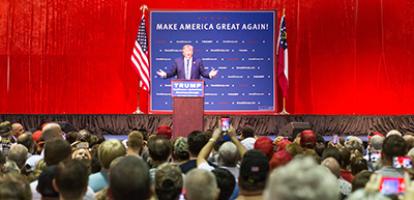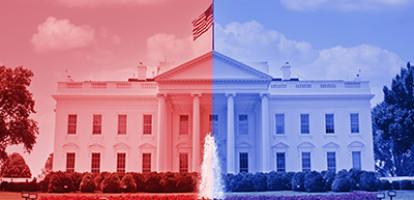From: Daniel Schwanen
To: The Honourable Chrystia Freeland, Minister of Global Affairs
Date: January 19, 2018
Re: How About a NAFTA Side Deal? (Part One)
There has been speculation that Donald Trump, for domestic political calculations, or simply to put pressure on Canada and Mexico, may soon formally announce his intention to withdraw the US from NAFTA. His State of the Union address on January 30, coming on the heels of the January 23-28 Montreal round of NAFTA renegotiations, has been flagged as the point at which this may happen.
The US side in these renegotiations seeks, among other things, to force more expensive US content into motor vehicles as a condition of duty-free access for these vehicles into the US market, to raise barriers to bidding for public procurement contracts in the US, roll back recourse for Canadian and Mexican companies claiming unfair treatment under US trade law, rope in Canadian and Mexican goods when taking punitive actions taken against third-party goods, and introduce a five-year, uncertainty-inducing “sunset” clause in a revamped NAFTA. At the same time, it seeks to improve on US producers’ existing privileged access to the Canadian and Mexican markets.
If fully achieved, these so-called “poison pills” would raise costs for US exporters, consumers and taxpayers. And they would, especially, not at all achieve the desired improvement in the US trade balance.
Canada can choose to approach this next round as if the US side was bluffing, given the costs to key sectors of its economy of any NAFTA withdrawal, and the prolonged legal tangles that would likely begin within the US itself in giving effect to such a move.
But this approach, which amounts to not taking the US Administration’s grievances with NAFTA (for that’s what they are) very seriously, also exposes Canada to a number of economic risks. Underlining the critical US complaint, US Trade Representative Robert Lighthizer has insisted “for us, trade deficits do matter.” Canada, and much of the US farming and business communities, are fighting the good fight in urging the US administration to “do no harm,” but should the protectionist will of the administration prevail, much harm could indeed ensue.
Canada should, therefore, at least contemplate an alternative approach. What could this look like? Here I propose supplementing NAFTA by a “side agreement”, notionally similar to the additional agreements that ensured the adoption of the NAFTA in Canada and the United States in the early 1990s following elections in both countries, where the original deal was criticized for its lack of attention to labour and environmental issues.
The side agreement would seek to seriously address the “poison pills,” while seeking to minimize the negative consequences on North America’s competitiveness of the specifics of the US position, and coming as close as possible to the core Canadian economic objective, which is (or should be) to have Canadian content and Canadian producers treated fairly and on par with US producers in the North American marketplace.
This does not preclude revamping the many areas of the current NAFTA on which Canada, Mexico and the United States can apparently agree, for example regarding e-commerce or labour standards. But it would seek a modus vivendi on the side to address US demands that are most fundamentally incompatible with open trade.
In my next memo, I look at what could be the specific elements of such a side agreement.
Daniel Schwanen is Vice-President Research at the C.D. Howe Institute
To send a comment or leave feedback, email us at blog@cdhowe.org.





